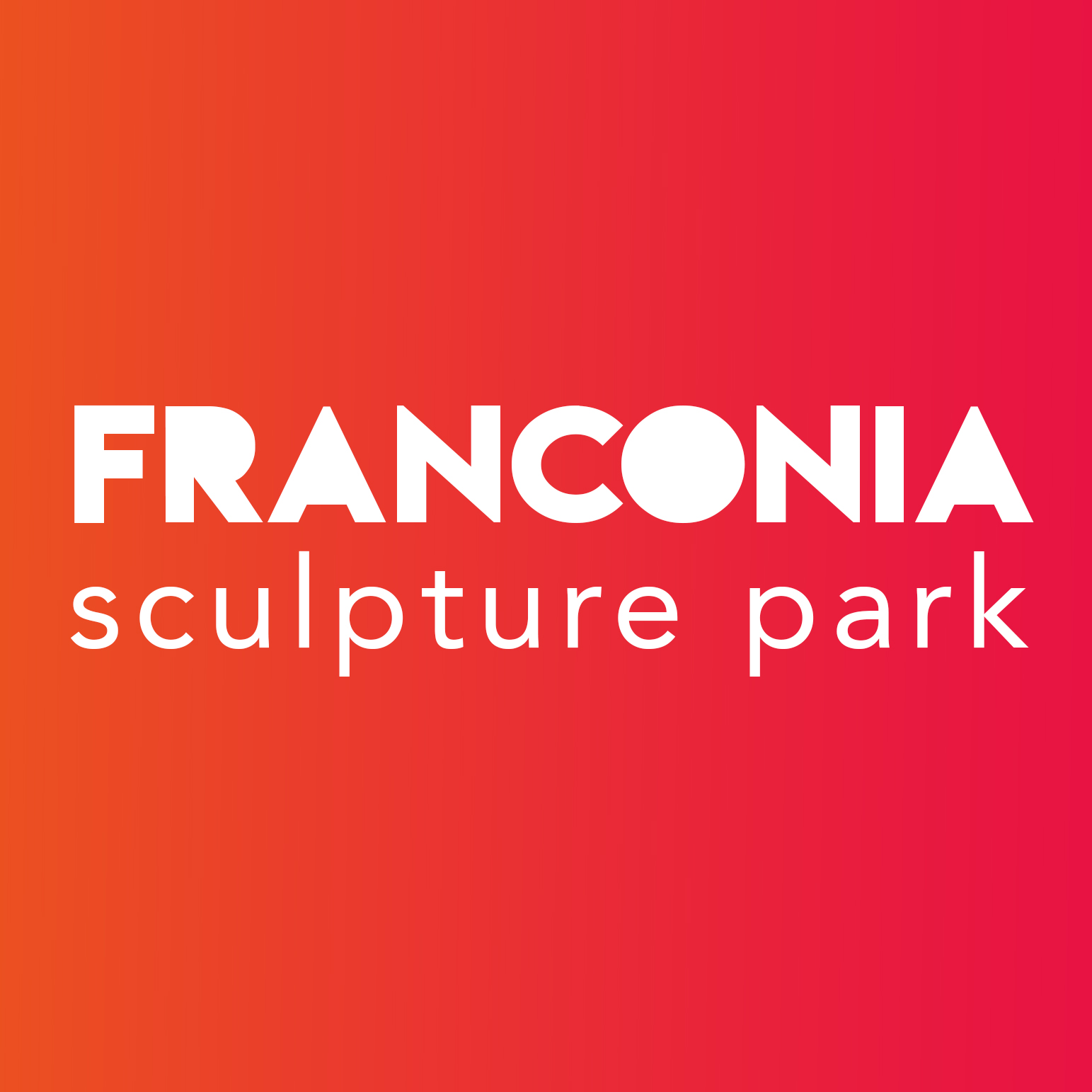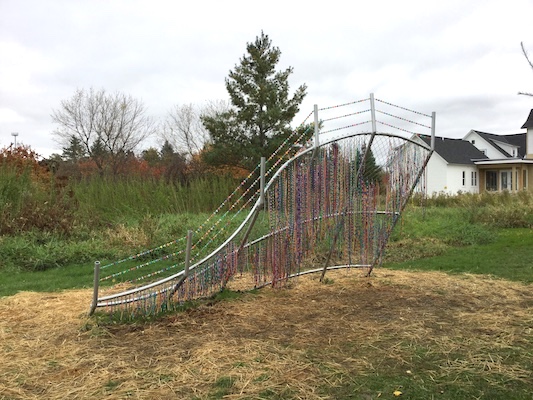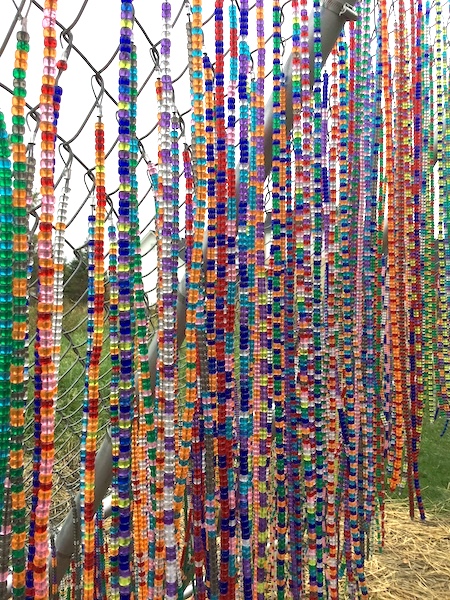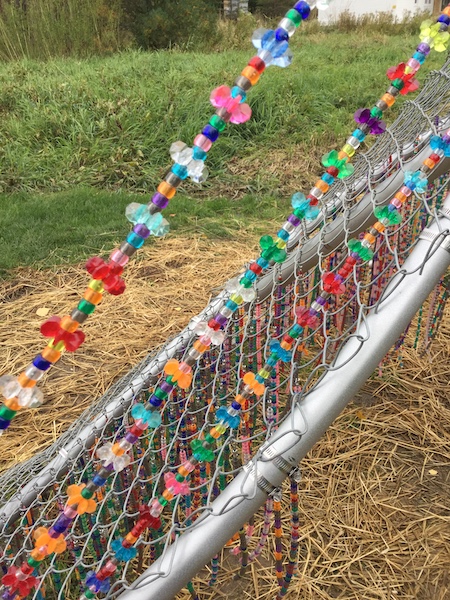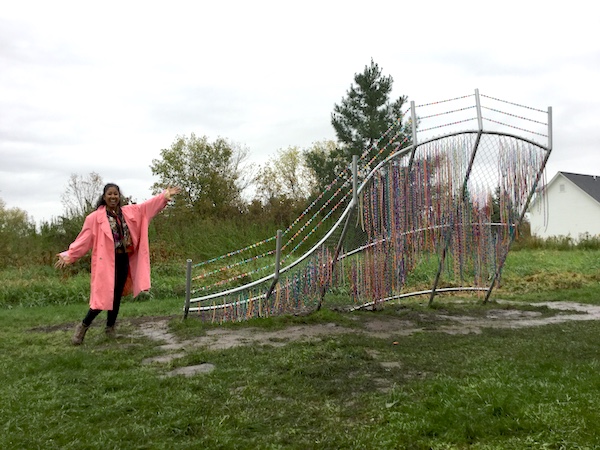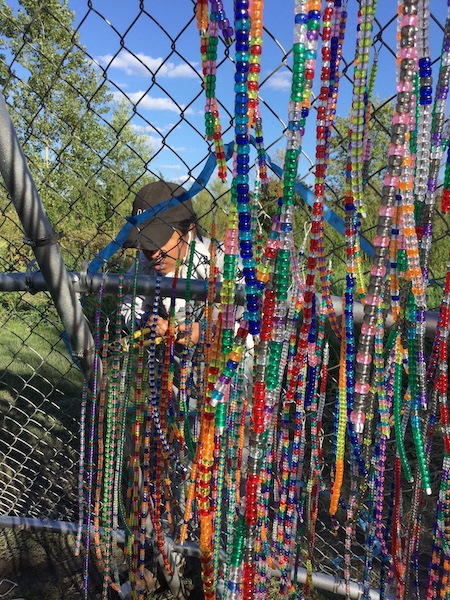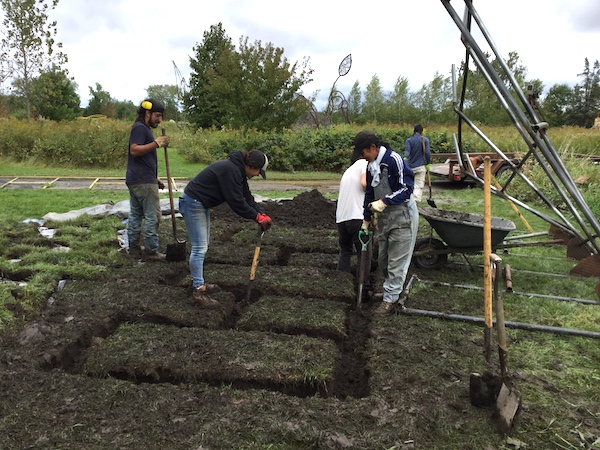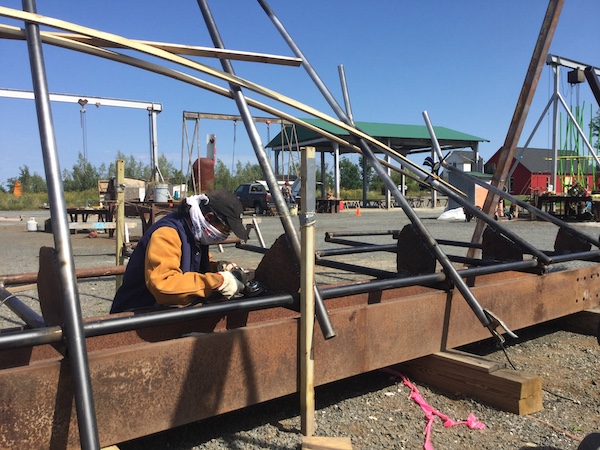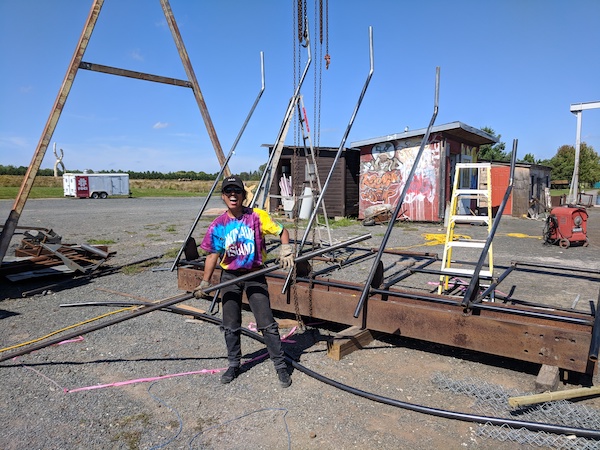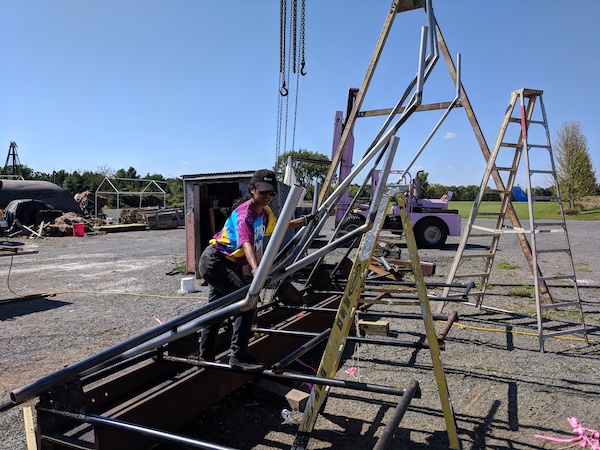2019 Women’s History Month Blog Responses
1. Can you tell us a bit about your artistic practice? Any past projects that you are particularly proud of that have helped navigate your career?
My work is centered on an investigation into rituals in various forms. It stems from traditions rooted in my Okinawan, Cuban and Puerto Rican upbringing and has led recently to a deeper look into the histories of my birth island of Okinawa, Japan from the battle of Okinawa at the end of WWII to present. Most of my work is project based, so I’ll pull from different mediums and genres based on what the project needs. This has lead to collaborating with some great creatives from all different fields like Lynnese Page, an actress and friend, who has become a collaborator and muse for many performances and is the subject of “121212” that looks into the quotidian rituals of another. This was a project that really compelled me to experiment with ideas of making on different levels. From live performance, installation, video and social media, it was essentially a challenge of how to communicate the breadth of a subject by using a range of ways to transmit the message.
2. What project did you make during your residency here at the park?
At Franconia, I carried out “Gate:1,” part of an ongoing project titled “Project: Iceberg”. It investigates the histories of my birth island of Okinawa, Japan while looking at the current US military occupation that still exists on the island. It was a piece that really challenged and pushed my abilities of making. Through group beading sessions, a vital element of this piece was born from and reflects the community in and around Franconia Sculpture Park. These sessions became moments of true engagement and for me explored how casual interactions can create larger impacts.
3. Why did you want to become an artist or what made you want to become an artist?
It’s hard to say. My fathers is an artist so it has always been around. Doing something else wasn’t an idea for me but there wasn’t a conscious choosing of art either. I think why I continue to be an artist is to try to give a voice to under represented narratives, art is an amazing and flexible medium of understanding and change.
4. What keeps you motivated in the studio?
What keeps me motivated in the studio currently is this exploration into my familial history and ultimately to understand myself and my practice more deeply. But the overarching motivation for me is to create a sustainable career as an artist and to find ways to continue making. I hope to forge paths that help others through being an agent of change.
5. What other artists who identify as women influence your artistic practice?
I really look up to artists like Mickalene Thomas, Ebony G. Patterson and Saya Woolfalk. The complexities and variety of the work they create represents for me what can be done when one pushes an investigation. The people in my community are also a big source of inspiration to just keep creating. Being witness to what they do and come up with always blows my mind.
6. Any advice for aspiring artists who identify as women out there?
I think this could apply to anyone but try to find the people who genuinely support you and support them in return. Those are your people.
